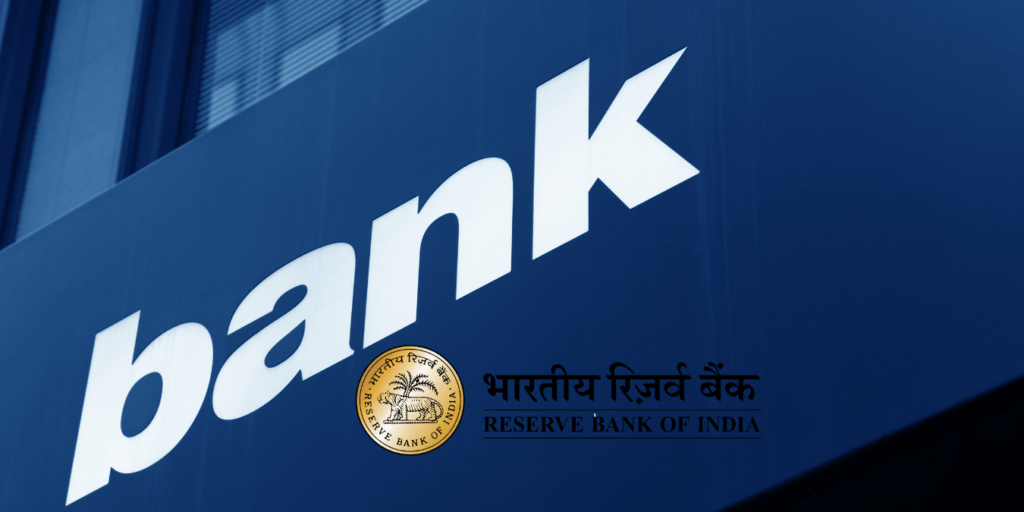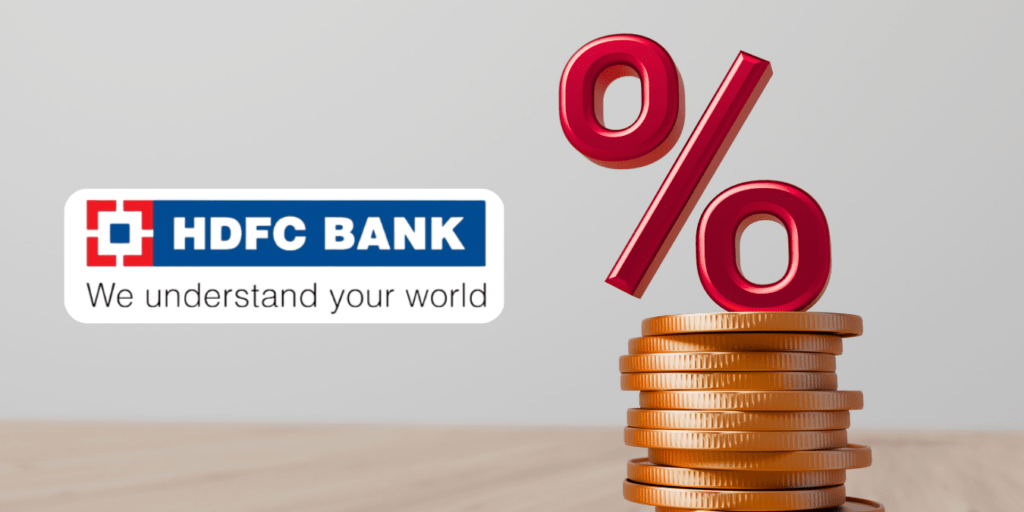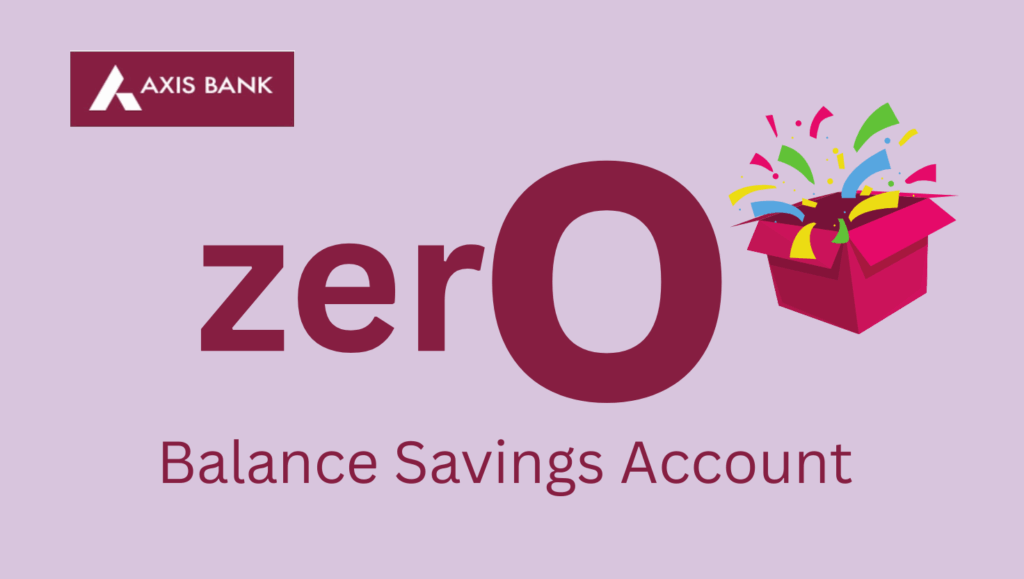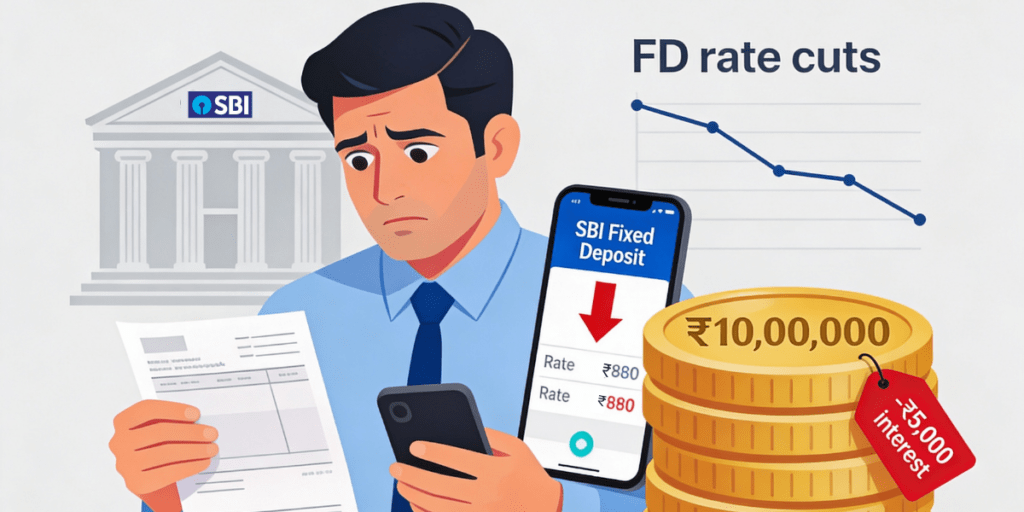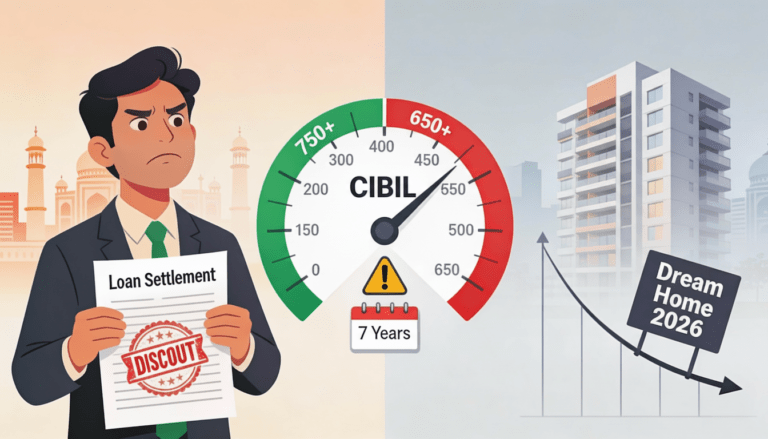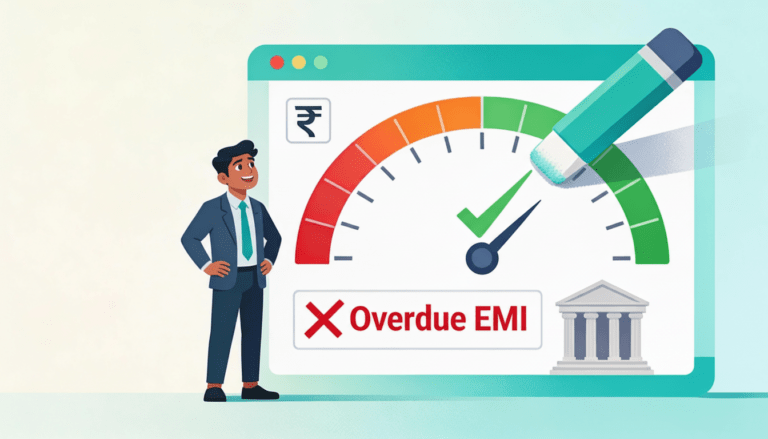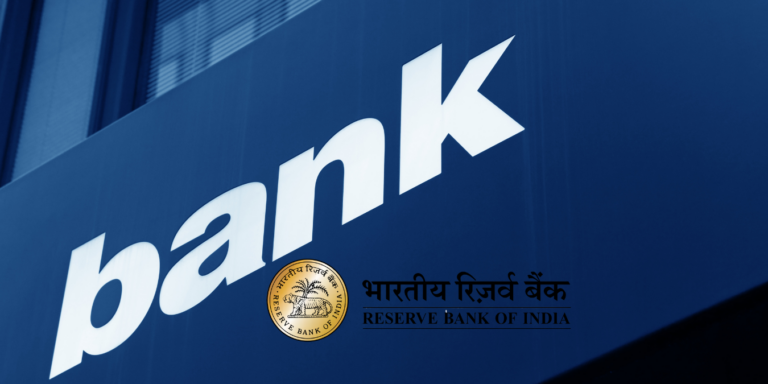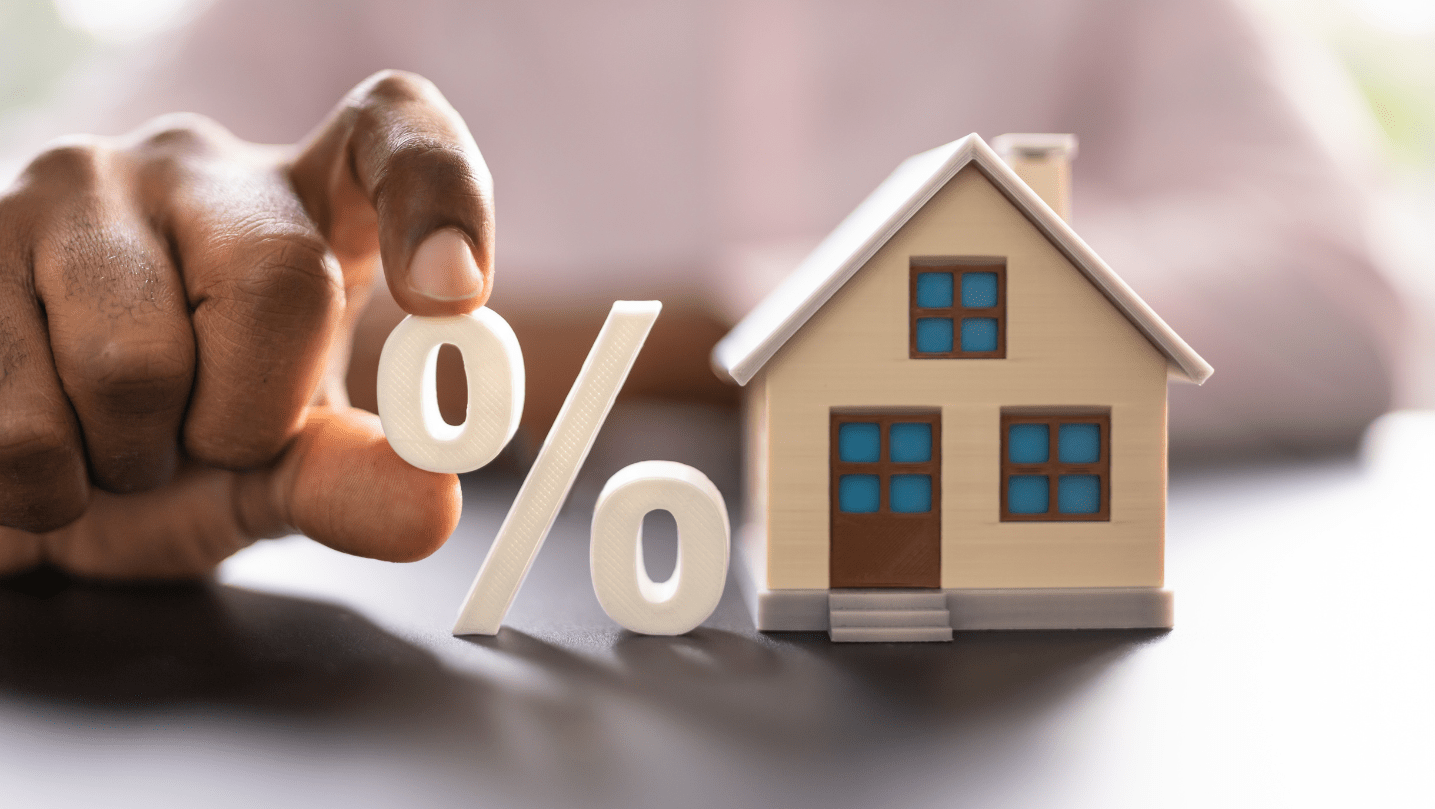
How 2025 home loan rates will impact India’s real estate decisions. Get expert insights on interest rate trends, affordability, and buyer psychology. Learn whether to buy now or wait!
The Indian real estate market is a dynamic ecosystem, shaped by economic trends, government policies, and consumer sentiment. For many Indians, owning a home is a dream rooted in financial stability and cultural aspirations. However, the decision to purchase a home is heavily influenced by several factors, with home loan rates being a critical determinant. In 2025, with recent economic shifts and Reserve Bank of India (RBI) policy changes, the question arises: Do home loan rates truly impact buying decisions? This blog post explores this topic in depth, leveraging the latest data.
Latest Post
Understanding Home Loan Rates in India
Home loan rates are the interest rates charged by banks and financial institutions on loans taken to purchase residential properties. These rates are influenced by the RBI’s repo rate, which is the rate at which the RBI lends money to commercial banks. When the repo rate decreases, banks can borrow at lower costs, often leading to reduced home loan interest rates for consumers. Conversely, an increase in the repo rate typically results in higher borrowing costs.
In April 2025, the RBI cut the repo rate by 25 basis points to 6%, marking the second consecutive reduction this year, following a cut in February 2025. This has led major public sector banks like State Bank of India (SBI), Punjab National Bank (PNB), Bank of India, and Indian Bank to lower their repo-linked lending rates (RLLR). For instance, Indian Bank reduced its RBLR from 9.05% to 8.7%, and Bank of India adjusted its RBLR from 9.1% to 8.85%, effective April 2025. These reductions translate to lower Equated Monthly Installments (EMIs) for borrowers with floating-rate loans, potentially making home loans more affordable.
The Indian Real Estate Market in 2025
The Indian real estate market has shown resilience and steady growth in 2024, with projections indicating continued momentum into 2025. According to a report by Techmagnate, search volumes for “home loans” surged by 10.05% from FY’22 to FY’23, reaching 180.30 lakh, reflecting growing consumer interest in housing finance. Additionally, searches for terms like “home loan interest rate calculator” soared by 82.22% in the same period, underscoring the importance of interest rates in the decision-making process.
The market is also witnessing a shift towards affordable housing, driven by government initiatives like the Pradhan Mantri Awas Yojana (PMAY), which offers subsidies on home loans for eligible borrowers. Moreover, the integration of technology—such as virtual property tours and AI-driven analytics—is transforming the home buying process, making it more accessible and transparent.
Do Home Loan Rates Influence Buying Decisions?
While home loan rates are a significant factor, their impact on home buying decisions is nuanced. Let’s explore the key aspects:
1. Affordability and EMI Burden
For most Indian homebuyers, particularly first-time buyers, affordability is paramount. Lower home loan interest rates reduce monthly EMIs, making homeownership more attainable. For example, a salaried individual with a gross income of ₹25 lakh and a ₹50 lakh home loan (20-year tenure, 9% interest rate) could save approximately ₹1.37 lakh in FY2025-26 due to the recent repo rate cut, assuming banks fully pass on the benefits.
However, industry experts argue that a modest rate cut of 25-50 basis points may not be a decisive trigger for purchasing a home. Sachin Bhandari, CEO of VTP Realty, notes that buying a house is a “critical decision” where home loan rates play a role in eligibility and loan amount calculations but are not the sole determinant. Factors such as income stability, job security, and overall economic conditions often weigh heavier.
2. Psychological Impact on Fence-Sitters
Lower home loan rates can act as a psychological nudge for prospective buyers who are on the fence. Anuj Puri, Chairman of ANAROCK Group, highlights that the combination of recent tax benefits (zero tax on income up to ₹12 lakh for FY2025-26) and reduced home loan interest rates could encourage first-time buyers, especially in the affordable housing segment, to take the plunge. Historically, low interest rates have driven demand by making loans more attractive, as seen during the COVID-19 period when rates dropped to 6.5% following the RBI’s repo rate cut to 4% in May 2020.
3. Impact on Loan Eligibility
Home loan rates directly affect loan eligibility, as lower rates increase the loan amount a borrower can qualify for without significantly raising EMIs. This is particularly relevant for middle-income groups, who form a significant portion of India’s homebuying demographic. For instance, a 0.25% reduction in interest rates could increase loan eligibility by 2-3%, enabling buyers to consider properties in higher price brackets or better locations.
4. Stock Market Volatility and Real Estate Appeal
Interestingly, home loan rates are not the only economic factor influencing buying decisions. Sachin Bhandari points out that volatility in the stock market can drive investors towards real estate as a stable asset class. With equity mutual fund inflows dropping to an 11-month low in March 2025 due to global uncertainties, real estate may emerge as a safer investment, further amplifying the impact of lower home loan rates.
5. Regional and Demographic Variations
The impact of home loan rates varies across regions and demographics. In urban centers like Mumbai, Delhi, and Bengaluru, where property prices are high, even small rate reductions can make a significant difference in affordability. Conversely, in tier-2 and tier-3 cities, buyers may prioritize factors like proximity to amenities and infrastructure development over marginal rate changes. Additionally, vernacular language searches for home loan terms have surged by 40%, indicating that regional content and localized marketing are crucial for engaging diverse audiences.
Other Factors Influencing Home Buying Decisions
While home loan rates are pivotal, several other factors shape home buying decisions in India:
- Economic Conditions: GDP growth, inflation, and employment rates influence consumer confidence. The RBI projects 6.7% growth and 4.2% inflation for FY26, but global uncertainties, such as U.S. tariffs, could impact sentiment.
- Government Policies: Initiatives like PMAY and tax benefits under Section 80EE and 80EEA provide financial incentives, complementing lower home loan rates.
- Property Location: Proximity to schools, hospitals, and public transport significantly affects buyer preferences.
- Credit Score: A higher credit score can secure lower interest rates, reducing the overall cost of borrowing.
- Developer Reputation: With regulations like RERA ensuring transparency, buyers are more confident in choosing reputed developers.
Tips for Prospective Homebuyers
For Indian professionals navigating the home buying process, here are actionable tips:
- Stay Informed: Monitor RBI announcements and market trends to time your purchase during favorable rate cycles.
- Use EMI Calculators: Tools like ICICI Bank’s home loan EMI calculator help estimate monthly payments and plan budgets.
- Compare Lenders: Evaluate offerings from banks like SBI, HDFC, and ICICI, which provide competitive rates and flexible terms.
- Assess Loan Tenure: Opt for a tenure that balances EMI affordability with total interest costs. Longer tenures reduce EMIs but increase interest payments.
- Consider Insurance: While not mandatory, life insurance equal to the loan amount protects families from financial burdens in unforeseen circumstances.
Final Thought
Home loan rates undeniably influence home buying decisions in India, but their impact is part of a broader tapestry of economic, psychological, and regional factors. The recent RBI repo rate cut to 6% has lowered borrowing costs, boosting affordability and encouraging first-time buyers, particularly in the affordable housing segment. However, prospective buyers must weigh additional factors like income stability, location preferences, and government incentives to make informed decisions.






